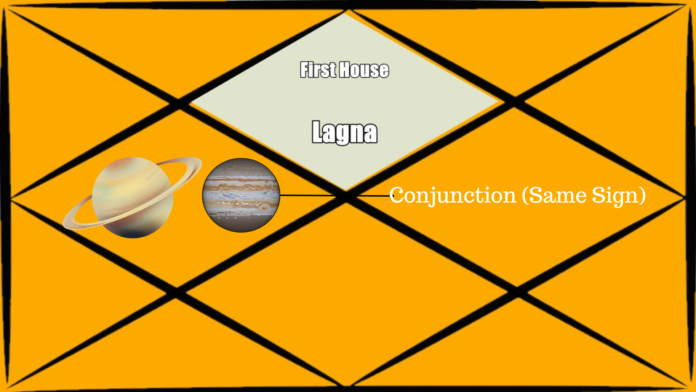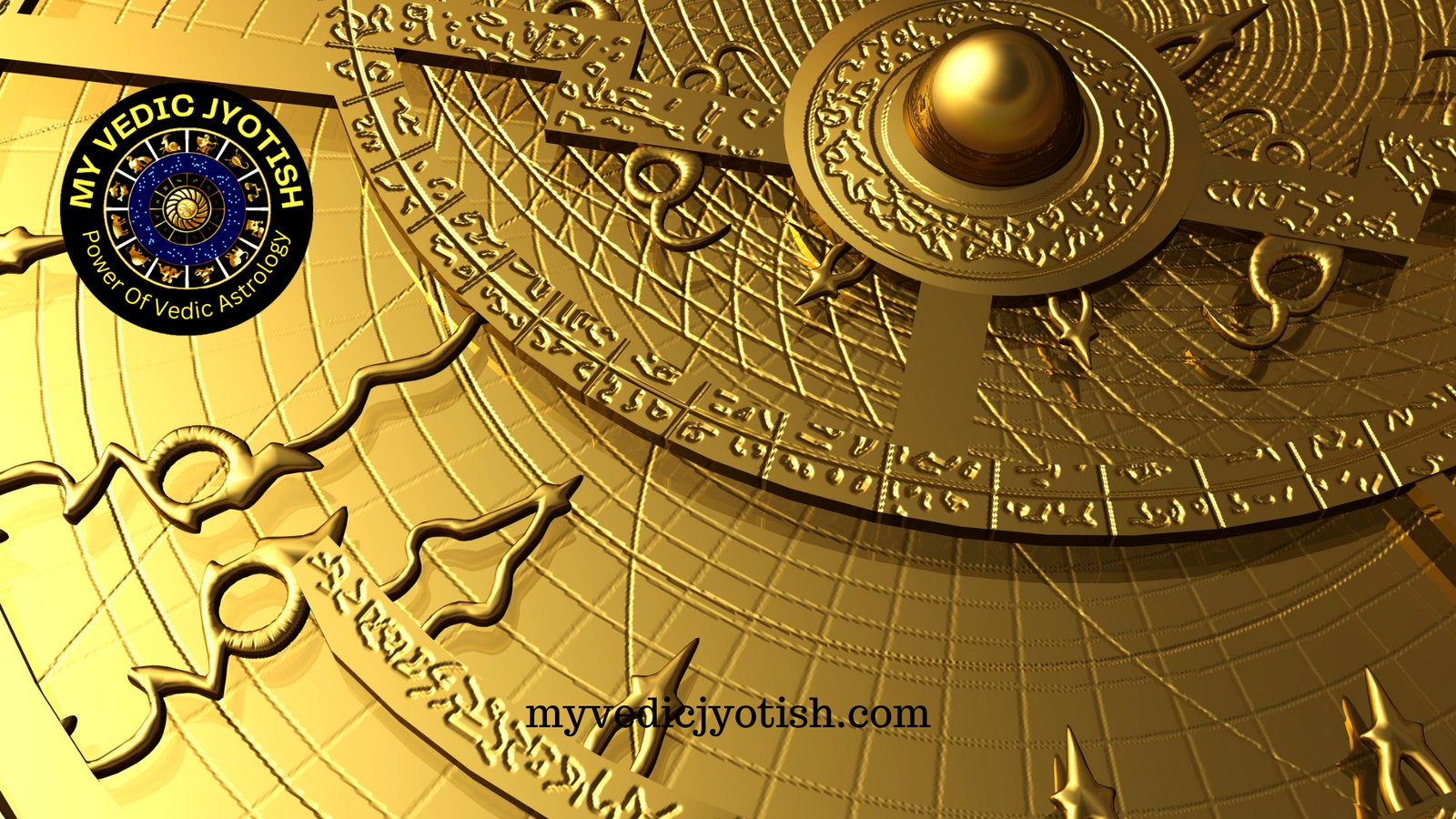In Vedic astrology, planetary aspects refer to the relationships and influence that planets have on each other based on their geometric positions in the birth chart. Planetary aspects play a crucial role in determining the dynamics and interactions between different planets and their impact on various areas of life.
In Vedic astrology, the aspects are considered to be the special sight or drishti that planets cast on other planets or specific areas of the birth chart. These aspects can be seen as a form of energetic connection or exchange between planets, influencing their combined effects.
The aspects in Vedic astrology are based on a specific degree-based system. The planets cast aspects on certain degrees or positions, influencing the planets or areas they aspect. The main aspects considered in Vedic astrology are:
- Conjunction (Same Sign): When two or more planets are placed in the same sign, they are said to be in conjunction. In conjunction, the planets blend their energies, intensifying their combined effects.
- Opposition (7th Sign Aspect): The 7th sign aspect occurs when a planet aspects the sign opposite to its own position. For example, if a planet is in Aries, it will aspect the sign Libra, which is exactly opposite on the zodiac wheel. Opposition aspects often bring a sense of tension or polarity, highlighting the need for balance and cooperation.
- Trine (5th and 9th Sign Aspects): Trine aspects occur when a planet is approximately 120 degrees apart from another planet. This creates a harmonious and supportive energy, promoting growth, creativity, and positive outcomes. The 5th and 9th sign aspects are considered highly beneficial and are associated with blessings and favorable opportunities.
- Square (4th and 8th Sign Aspects): The square aspects occur when planets are approximately 90 degrees apart. Square aspects bring challenges, conflicts, and opportunities for growth. They often represent areas where adjustments, compromises, and hard work are required to overcome obstacles and achieve success.
- Sextile (3rd and 11th Sign Aspects): Sextile aspects occur when planets are approximately 60 degrees apart. Sextiles bring opportunities, ease, and supportive energies, promoting collaboration, communication, and positive changes. They can indicate favorable circumstances and open doors for growth and expansion.
Understanding the planetary aspects helps astrologers analyze the interconnectedness of different planets in a birth chart and how they influence each other. The aspects provide valuable insights into the dynamics, strengths, challenges, and potential outcomes of an individual’s life experiences. By considering the planetary aspects, astrologers can provide a more comprehensive and accurate interpretation of the birth chart and offer guidance on various aspects of life, including relationships, career, health, and personal development.



